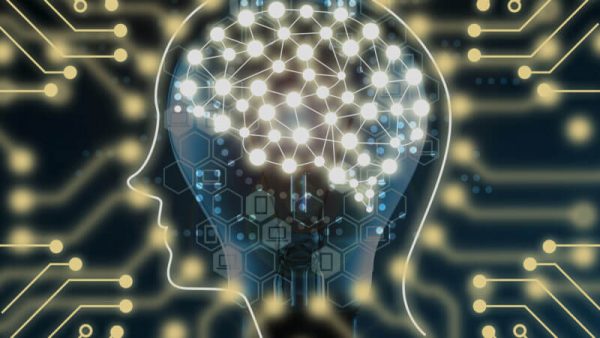Today, a lot of functions are completed by PCs that specifically influence the sales of the organizations. In exact terms, they are driven by Machine Learning. For instance, a business model like Netflix depends on memberships instead of on publicizing. In its case, when we are being recommended a set of movies or genres, it is the work of machine learning monitoring our history, tastes, and preferences. But how does Machine Learning influence organizations? It is because of ML that Netflix is able to acquire more clients and achieve client retention thanks to the personalization of content. This directly affects the user experience, and thereby that of the service which accrues to the client experience.

It was not long ago when tablets were the rage, and innovation was considered less important by organizations. In those days it was an ideal blend of individuals, innovation, and process. Today, we are in a period when innovation is enhancing, and individuals and process are progressively supplanted by it. Although that may not be altogether valid. It is really an oddity since as a rule, we introspect how technology has made our lives simpler both from an individual and industrial perspective. One of those angles which have helped build economies and different sectoral organizations is Machine Learning (ML). From computerization to the examination of information, the technology has the ability to learn without being explicitly programmed.
5-10 years back, the subject of big data was in its early stages. Today, that big data has extended to a degree where we currently have different touch points of our data. This is where Machine Learning kicks in and has its most appropriate use. Presently it is safe to assume that a lot of organizations have adopted the technology in terms of automating various functions and customizing client behavior based on algorithms and preferences of clients.
Of course, technology is advancing, but is developing by itself? The truth is that each segment of technology is symbiotic to its neighboring portions. For instance, thanks to the facilities that modern cloud computing offer, machine learning as a technology is able to analyze large heaps of data from the cloud and output a function which the Artificial Intelligence is programmed to perform through a set of principles or algorithms. Back in 1990 when big data was making a buzz, a commercial cloud service was not accessible for organizations to transfer their data, and rather, they would be compelled to take a trip to a data center to procure servers.




